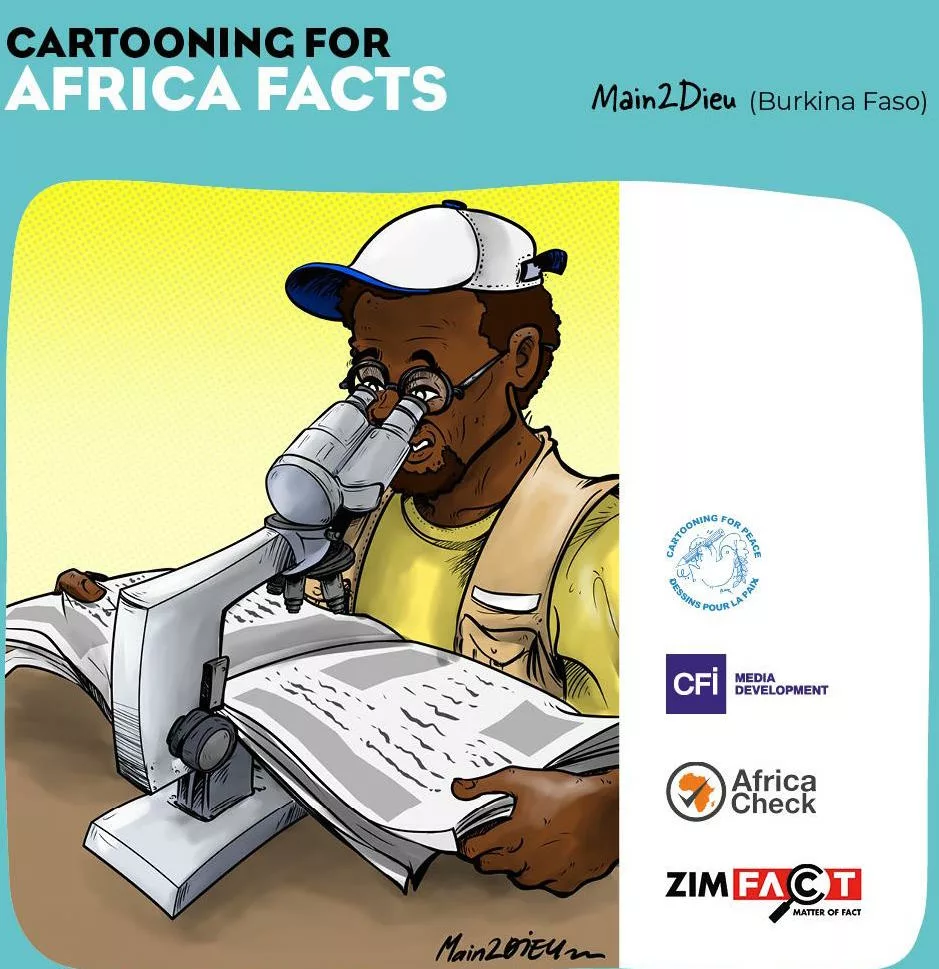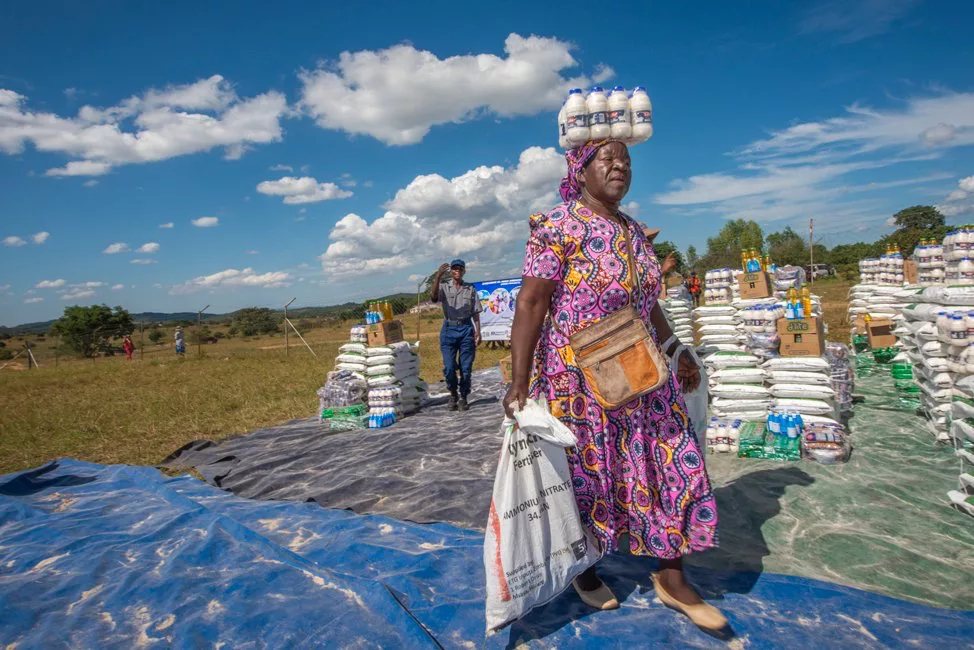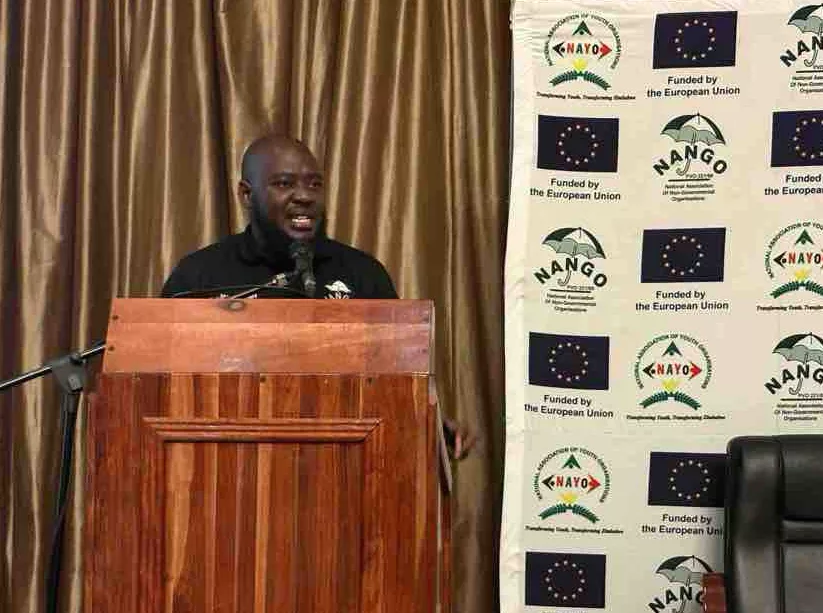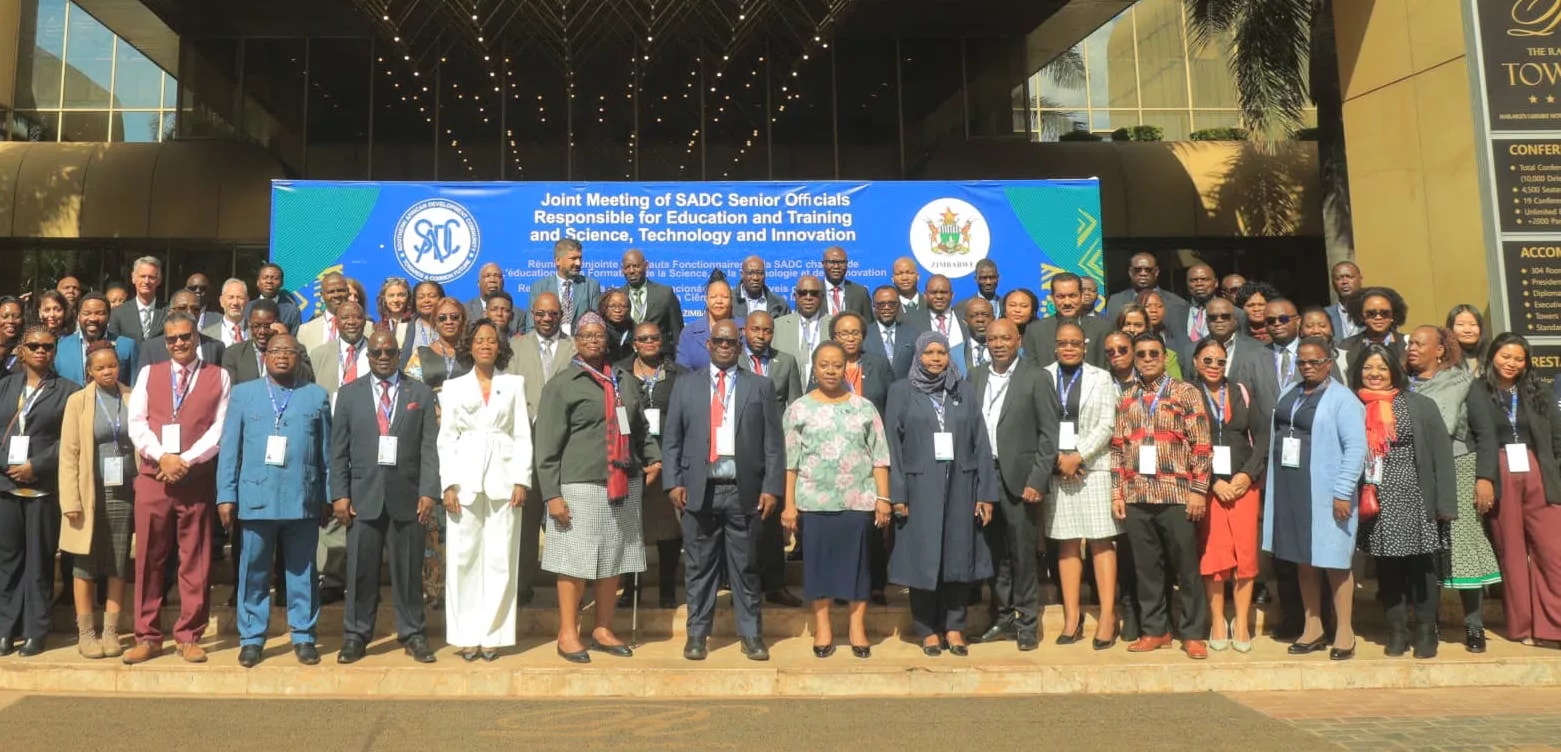|
Getting your Trinity Audio player ready...
|
By Zimbabwe Coalition on Debt and Development (ZIMCODD)
Case of Mines and Minerals Bill
1. Introduction
This Policy Digest seeks to examine the current state of the mining sector in Zimbabwe and call for the fast-tracking of the Mines and Minerals Bill (MMB). The Bill was introduced in 2015 with the intention of amending the archaic Mines and Minerals Act (Chapter 21:05). The piece reignites issues and conversations on the Bill whose finalization is now long overdue. This contribution comes at a time when the government is in the drive to attain a US$ 12 billion mining industry vision. However, the success or failure of this vision is heavily dependent on the governance of the mining sector which currently is not in a good state as it is governed by the outdated and colonial Mines and Minerals Act that is divorced from the key fundamentals and principles for maximum beneficiation from the mineral resources.
2. Background
The Mines and Minerals Act was enacted in 1961 during the colonial administration, in pursuit of repressive objectives of a settler-dominated, racist capitalist economy that was against the black majority. In this regard, the Act served to legitimize the channeling of wealth into the hands of the elite and the dispossession of mining host communities. It is regrettable that the Act is not aligned to the Constitution of Zimbabwe and other key related legislations including the Environmental Management Act (Chapter 20:27), Water Act (Chapter 20:24), Urban Councils Act (29:15), Rural District Councils Act (29:13), 2022 National Budget Statement, National Development Strategy 1 (NDS1) (2021-2025), Mining Vision and Devolution and Decentralisation Policy. For instance, Section 73 (b)(iii) of the Constitution provides for environmental rights through sustainable development of resource-rich communities which the Act is silent on.
The Act has militated against shared national growth and development in Zimbabwe. The 1963 Act lacks provisions that would prevent mineral revenue leakages, opaque mining licensing, poor flows of taxes and royalties to the Fiscus, corruption and human rights violations against host communities among other issues1. The Bill has incorporated some essential changes to address current limitations. The provisions include the “use it or lose it policy” which prevents accumulation of mining claims for speculative purposes and the cadastre system which requires an Environmental Impact Assessment (EIA) to be undertaken before issuance of a mining title2. Furthermore, one of the major weaknesses of the Mines and Minerals Act is that: it grants excessive discretionary powers to the Minister and President to give tax incentives without holding consultative forums or public hearings which makes them prone to abuse through rent-seeking. The Act is also silent on value addition and does not establish room for community beneficiation. This is in contrast with the current constitution which promotes community beneficiation through devolution. In this regard, the amendment of the Act to guard against such malpractices must be expedited to promote transparency and accountability in the mining sector.
According to the Minister of Home Affairs and Cultural Heritage, Honourable Kazembe Kazembe, Zimbabwe is losing US$100 million dollars each month through gold smuggling3. Annually, this figure adds up to US$ 1.2 billion, a figure more or less equal to Zimbabwe`s total gold export earnings; US$964 million and US$1.3 billion in 2019 and 2018 respectively. The fight against IFFs and resource leakages in Zimbabwe is further aggravated by the fact that allegedly a total of 1.5 million artisanal and small-scale miners are unregistered. This cultivates a conducive ground for illicit gold trading to thrive.
The ills associated with the mining sector in Zimbabwe are largely blamed on the delays in the finalisation of the Mines and Minerals Bill. The reasons for the delay are sketchy yet all the due processes were done including public consultations which were conducted as far back as 2016 during the Mugabe Administration and now 6 years down the line it is still work in progress. There is a high likelihood that there is a lack of political will on the part of the Executive to ensure that the Bill is finalised.
3. Why Zimbabwe Desperately Needs the Finalization of the Mines and Minerals Bill
The Bill is embedded with clauses and provisions that are essential in unlocking the US$ 12 billion mining industry which, will result in a 334% jump from the current US$ 2.9 billion mining industry. Below are some of the key provisions in the:
a) Cadastre system
According to Section 14-18 of the Bill, there shall be a cadastre system. A cadastre system is comprehensive electronic record management and keeping process that accounts for all mining rights and titles. The cadastre is headed by the cadastre registrar who is the Permanent Secretary in the Ministry of Mines and Mining Development. The cadastre system will allow the government to track and examine the utilisation of all mining claims and will complement the ‘use it or lose it policy’.
The system will be viable in ensuring transparency and accountability by providing the list of all those who would have been allocated mines. The profiling of all beneficiaries will infuse compliance to operational standards by titleholders. It will also address the challenge of double allocations. Mining corporates are obliged to be registered with the Zimbabwe Stock Exchange (ZSE), a positive stride with respect to transparency and accountability. It will also help in curtailing IFFs. Nevertheless, the cadastre clause overlooks the principle of good governance which calls for separation of powers essential in conflict management. The Permanent Secretary is the chairperson of the Mining Affair Board (MAB) as well as the registrar of the mining cadastre thereby wielding a lot of power in the hands of an individual.
b) Use it or Lose it Policy
Section 401 of the Bill relates to the “use it or lose it” policy. This policy is important in enhancing efficiency in the mining sector. It is also meant to ensure that beneficiaries of mining claims have the capacity to undertake operations and avoid speculative holding of mining claims. This will increase mineral resource production and add extensive revenue generation. The Bill prescribes that after every six months, claim holders must submit their work plans to the MAB for review, critical step towards monitoring, transparency, and accountability.
c) Curbing mineral leakages
Section 27 of the Bill stipulates that “an exclusive prospecting licence shall not entitle the prospector to remove or dispose of any mineral except for purpose of having it assayed or for determining its nature and must get permission to do so from the Cadastre Registrar”.
This will ensure transparency in mining operations since allegations of mining operations taking place under the guise of exploration have been reported in Zimbabwe. A good example is that of Marange. It is alleged that in 2012, extensive investigations by the government revealed that, Nan Jiang Africa Resource in Devure, a Chinese company was already mining diamonds with an exclusive prospecting license. The same allegation was levelled against De-beers Diamond Company, as it is alleged to have looted diamonds from 1993-2006 under the guise of exploration.
d) Mineral beneficiation and value addition
According to Section 307 (5) of the Bill, the Minister shall initiate or prescribe incentives to promote beneficiation in the country. The establishment of robust value addition and beneficiation system will culminate in the positive transmutation of the national Gross Domestic Product (GDP) and job creation. In 2012, the Times of India reported that: “with imports of low-range rough diamonds from Zimbabwe expected to soar, it’s going to rain jobs in Surat, the world’s largest cutting and polishing centre”. This came against the background of an anticipation that Zimbabwean diamonds worth about US$1.5 billion were going to create 600 000 jobs in one of India’s provinces. This reflects the scale and magnitude of job transfer that Zimbabwe is sending to India through unprocessed diamonds. Therefore, establishing value chains and beneficiation mechanisms will enable Zimbabwe to create jobs and improve conditions for mining-host communities.
a) Mineral Affairs Board (MAB)
The Bill also accounts for the transformation of the Mining Affairs Board (MAB). This is reflected in Section 6 which intends to amend Section 7 of the Mines and Minerals Act which focuses on the composition of MAB. The composition of the board was no longer in tandem with the newly adopted governance structure. Thus, board re-constitution was long overdue as positions such as Under-Secretary and Deputy Secretary were no longer in existence. The land reform programme also resulted in the mushrooming of a myriad of farming associations which challenges the dominance of the Commercial Farmers Union which unquestionably had a seat on the Board. Therefore, reforming the Board is a positive stride given its vital mandate in promoting good governance in the issuance and management of mining titles. However, the major drawback of this clause is the bill’s silence on quorum. The bill does not have provisions that specify the required quorum, it only states that the quorum shall be fixed before the board meeting by the board.
4. Factors Militating Against the Ascension of the Bill
The government specifically the Ministry of Justice, Legal and Parliamentary Affairs has been silent on the bill for too long and this raises concern whether the government is willing to amend the Mines and Minerals Act or not. This is aggravated by the fact that a word from the mining industry is that the Ministry of Justice, Legal and Parliamentary Affairs is now more concerned about the Statutory Instrument that seeks to formalise artisanal and small-scale mining than the bill. This is worrisome, as it might also imply that the government is satisfied with the provisions in the Mines and Minerals Act. According to the findings of a survey conducted by ZIMCODD some of the key factors impeding the finalisation of the bill are:
- Lack of Political Will: if the government (executive) was true about reforms it could have been reflected in the US$ 12 billion mining vision which was launched 4 years later after process to amend the Act had already started4.
- Ownership, access, and control of mineral resources and mining opportunities by the elite and political connected persons: the people who have the power to fast-track the bill are the ones who have multiple mining claims which if the bill ascends, will be exposed by the cadaster Thus, grand conflict of interest encumbers the fast-tracking of the Bill.
- Rent-seeking behavior: attempts to overshadow the Bill by creating a Statutory Instrument that empowers and formalize artisanal and small-scale miners rather than fast-tracking the
- Fear of compliance with international standards and norms: the elite and politically connected individuals have been benefiting a lot from the fragmented mining fiscal regimes which perpetuate mineral and revenue leakages as well as tax holidays (the Great-Dyke and Kuvimba tax holidays). Thus, joining Extractive Transparency Initiative Industry (EITI) will infuse transparency and accountability which will deter under
- Citizen disempowerment: The sub-government (policy decision-makers) has successfully disempowered the attentive public (citizens and CSOs) by limiting democratic processes such as consultative forums and public hearings that are essential in creating people-centered and pro-development
- Weak regulatory and oversight mechanisms: the parliamentary committee on legal and mining should be empowered to push the bill through, they must be empowered to subpoena and prosecute anyone or office that undermines its oversight
5. Recommendations
- The Executive, Ministry of Mines and Mining Development, and the Ministry Justice, Legal and Parliamentary Affairs must propel the enactment of the Bill as they have the political capital to fast-track
- The Ministry of Finance and Ministry of Mines and Mining Development must put a moratorium on all fiscal incentives until the bill is passed to arm-twist individuals with vested interest to fast-track the
- In the 2021 National Budget, the government highlighted its commitment to join EITI however, to date Zimbabwe has not yet joined To this end, ZIMCODD calls on the government to accelerate the joining of EITI towards curbing IFFs. The parliament must use its subpoena powers to summon all stakeholders to determine what might be stalling the Bill. This will also enable the parliament to push the bill throughout and eliminate rent-seeking.
- The Permanent Secretary of the Ministry of Mines and Mining Development should not be the cadaster registrar as this will concentrate too much power in the hands of one man and violates good principles of corporate.
6. Conclusion
The hefty price endured by the Zimbabwean economy and host communities through the delayed promulgation of the Bill into an Act of Parliament must be of urgent concern to regulatory authorities and those seeking the fruition of the 12-billion-dollar mining vision. To this end, ZIMCODD calls on the government to expedite the bill. It urges the government to put in place a moratorium on all mining fiscal incentives to curb rent-seeking.






